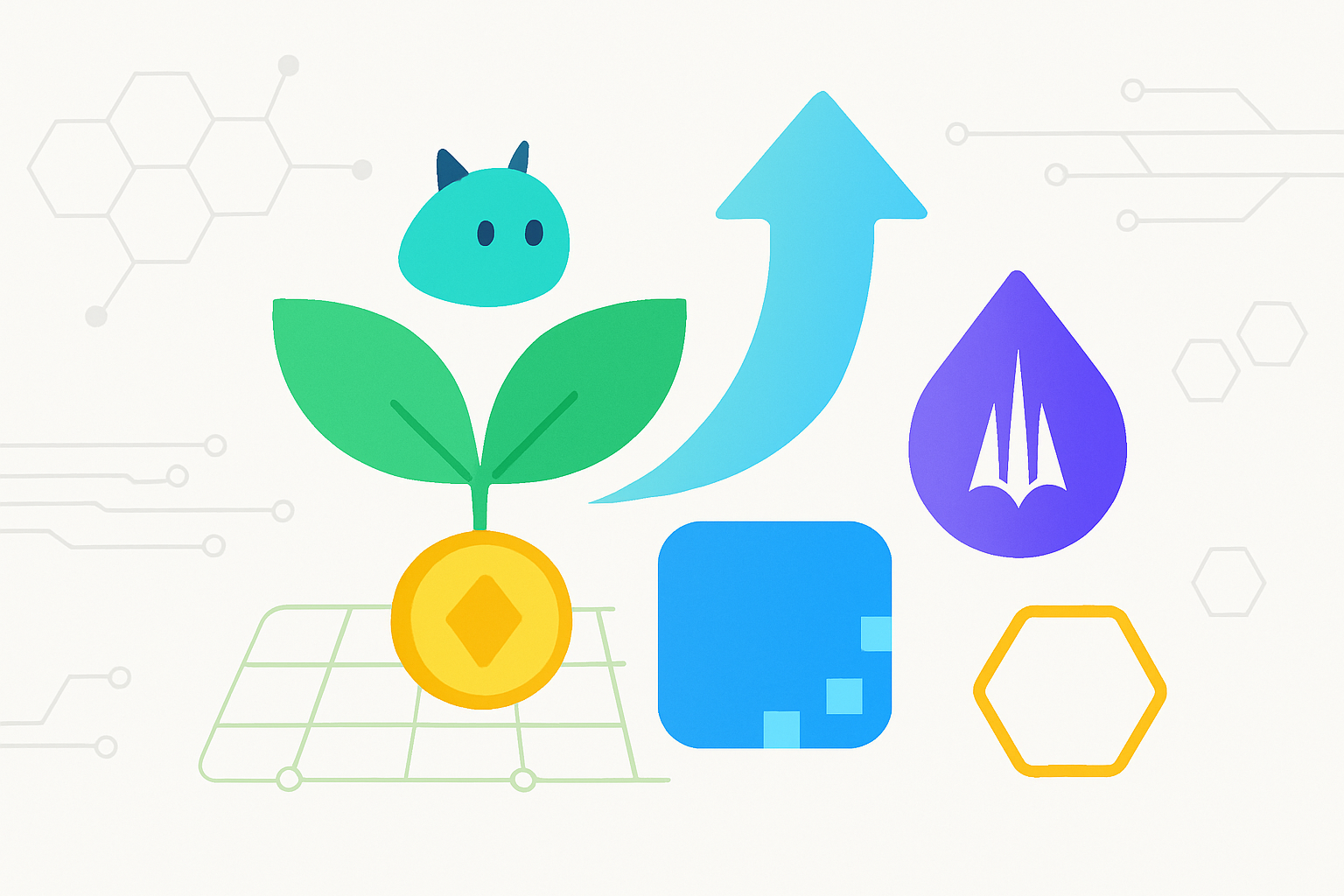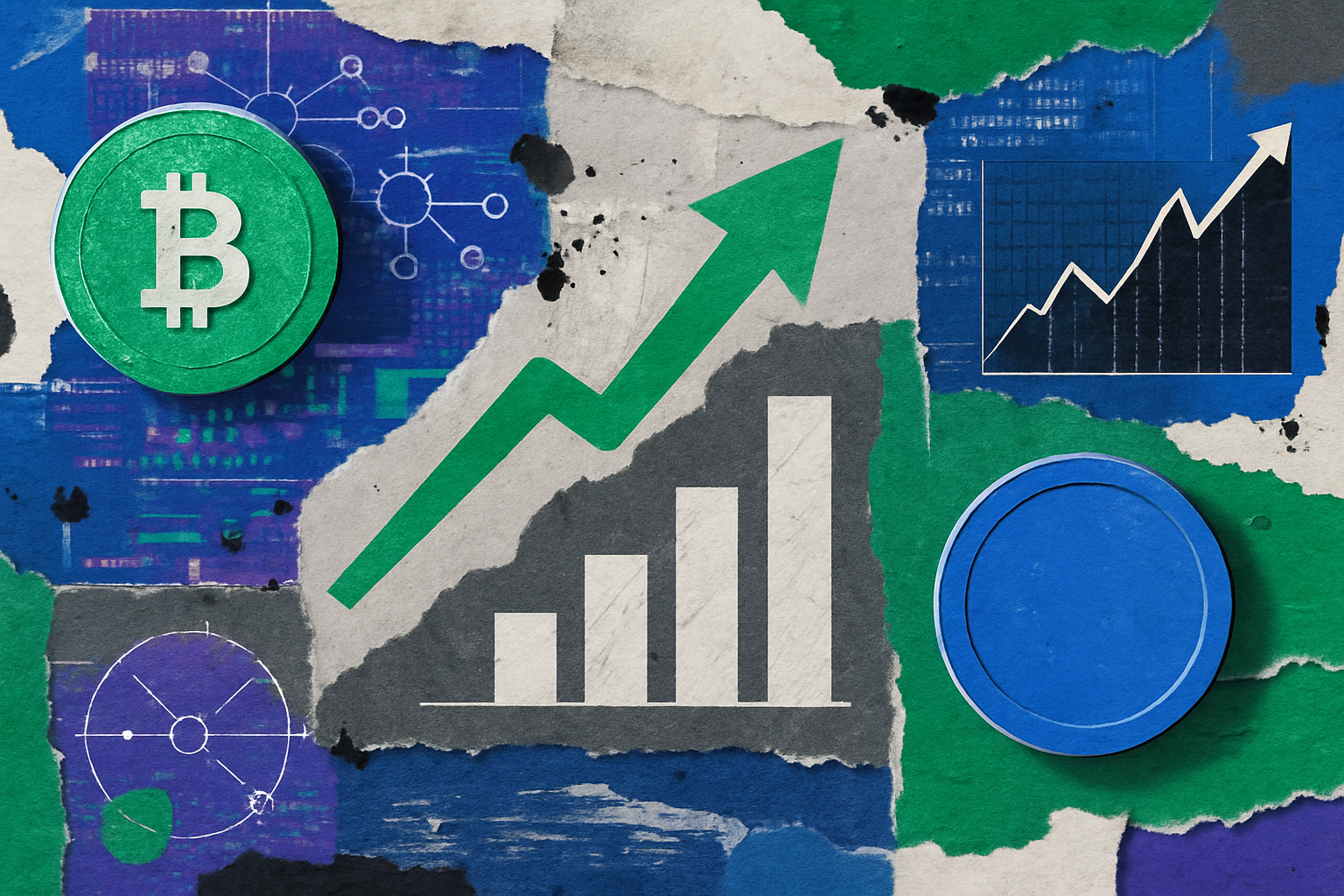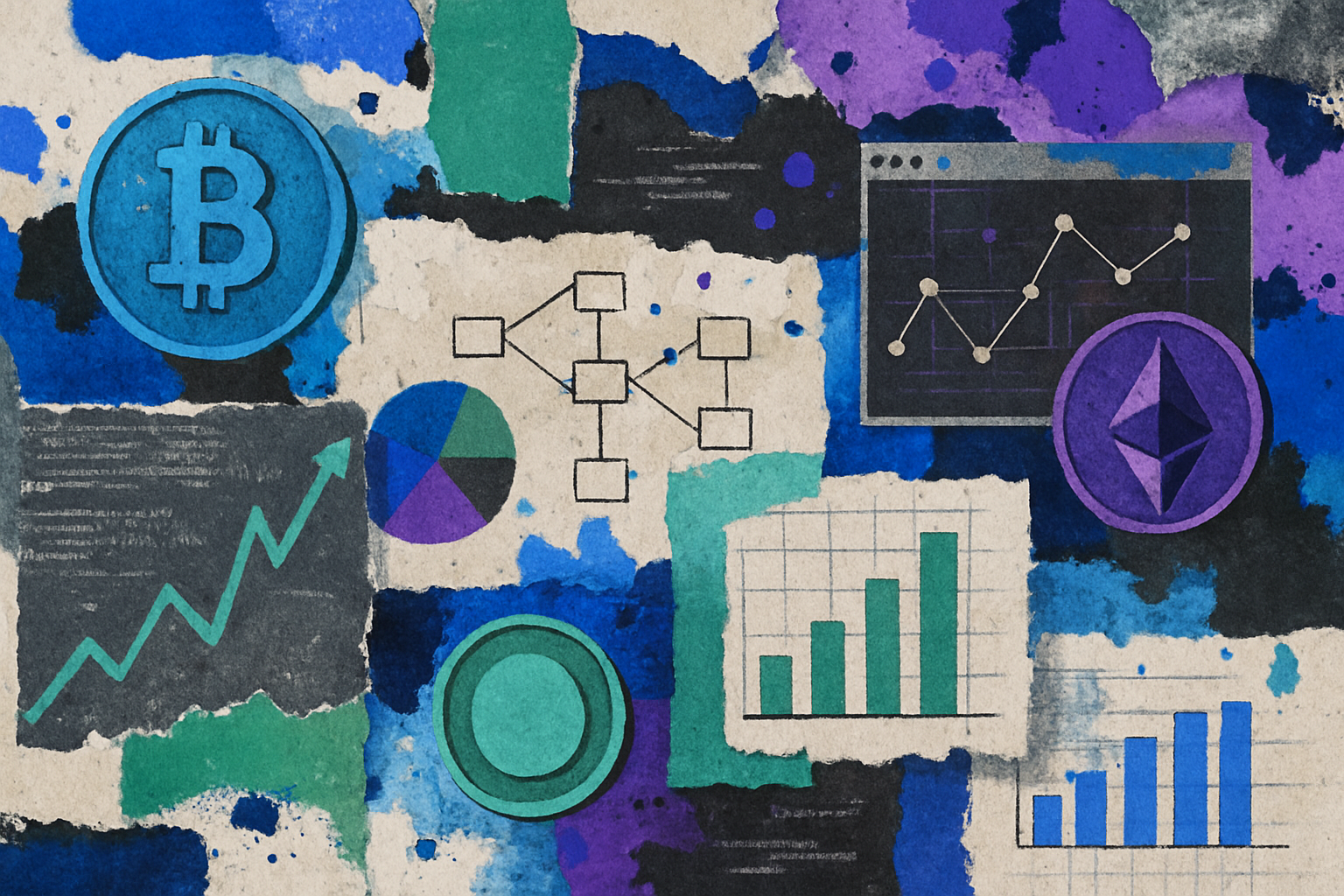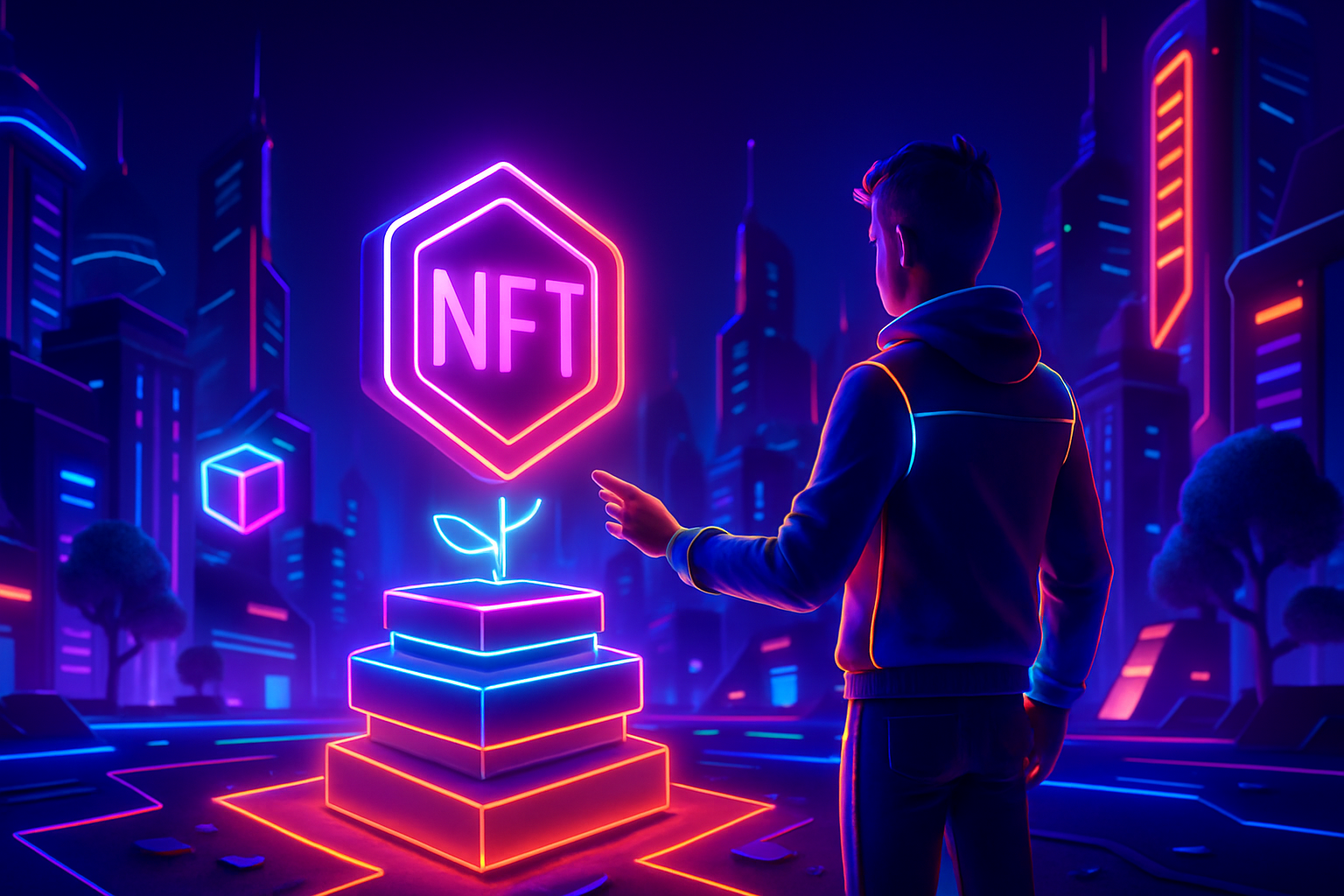
The rise of NFT-based economies in metaverse worlds is reshaping how value circulates, assets are owned, and communities interact. Yet, as the market matures and volatility persists, Ethereum (ETH) currently sits at $4,537.78 with a 1.50% daily decline, the imperative for sustainable models has never been more acute. A resilient NFT metaverse economy design must balance technological innovation, environmental stewardship, and robust tokenomics to thrive beyond speculative cycles.

Energy-Efficient Blockchains: The Foundation of Sustainable NFT Economies
One of the most significant criticisms leveled at early blockchain-based projects was their energy consumption. Traditional Proof of Work (PoW) systems are notorious for their carbon footprint. In response, leading metaverse platforms are migrating to Proof of Stake (PoS) or Delegated Proof of Stake (DPoS) mechanisms to minimize energy use without sacrificing security or decentralization.
The WAX blockchain stands out as a pioneer in this arena, achieving carbon neutrality through targeted investments in renewable energy projects like solar farms and waste-to-energy plants. This commitment was further underscored by a $10 million investment from OKX in 2022 (source). Platforms adopting such approaches not only reduce their ecological impact but also future-proof their economies against regulatory risk and shifting consumer expectations.
Carbon Offsetting and Circular Economic Models
Sustainability extends beyond the underlying chain. Innovative NFT marketplaces such as KodaDot (built on Polkadot) now integrate carbon offsetting directly into the minting and trading process. By partnering with Offsetra, KodaDot enables users to purchase carbon credits that support clean energy projects like cookstove initiatives in Ghana (source). This model empowers creators and collectors to actively participate in environmental stewardship while engaging with digital assets.
Circular economic design is another pillar for longevity. Projects like Supremacy implement closed-loop utility token systems, in Supremacy’s case, SUPS tokens operate within a fixed supply framework that mirrors real-world market forces (source). By ensuring that resources are recycled and reused within the ecosystem, these models help prevent runaway inflation or resource depletion, pitfalls that have plagued earlier play-to-earn games.
Decentralized Governance: Community-Led Economic Evolution
A sustainable NFT metaverse economy design requires decentralized governance structures that align incentives between platform operators and participants. Decentralized Autonomous Organizations (DAOs) have emerged as the optimal mechanism for this alignment. Yield Guild Games (YGG), for example, acquires virtual assets which it lends to community members; these players then generate yield across various virtual worlds while participating in governance decisions (source). This approach democratizes asset access and fosters a sense of shared responsibility, key ingredients for long-term stability.
The dynamic nature of crypto markets underscores the need for adaptive governance. As of September 19,2025:
- Ethereum (ETH): $4,537.78 (-1.50%)
- Decentraland (MANA): $0.329474 (-4.92%)
- The Sandbox (SAND): $0.305777 (-2.24%)
This volatility directly impacts NFT valuations and player incentives within metaverse economies, making agile governance not just desirable but essential for resilience.
Interoperability and Cross-Platform Utility: Unlocking NFT Value Across Metaverse Worlds
For NFT-based economies to achieve sustainable growth, assets must retain value and utility beyond the boundaries of a single platform. Interoperability is no longer a theoretical aspiration but a practical necessity. Platforms like Ready Player Me are setting new standards by enabling avatars and digital assets to move seamlessly across multiple metaverse environments, including Spatial, OnCyber, and Mona. This cross-platform approach empowers users to build persistent digital identities and portfolios, ensuring that investments in NFTs remain relevant as the broader ecosystem evolves (source).
Key Strategies for Interoperable NFT Assets in Metaverse Economies
-
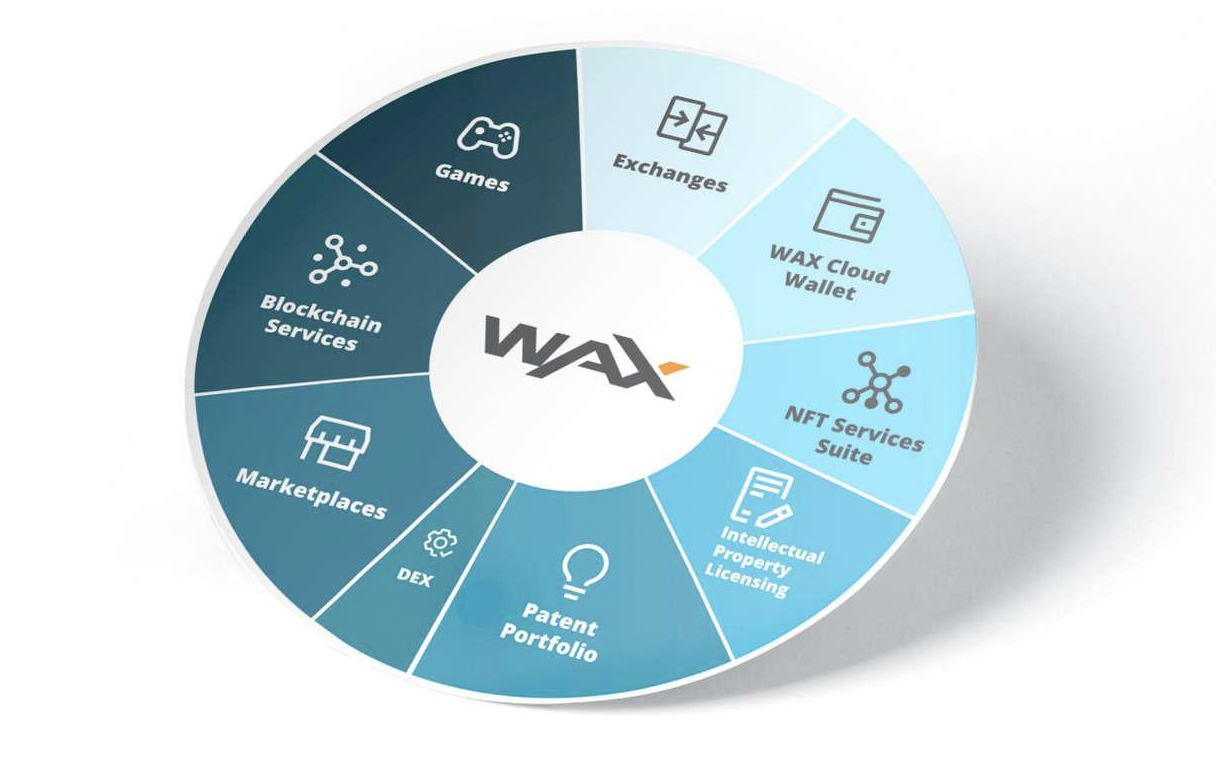
Adopt Energy-Efficient Blockchains: Platforms like WAX and Polygon utilize Proof of Stake (PoS) or Delegated Proof of Stake (DPoS) consensus, dramatically reducing energy consumption compared to traditional Proof of Work chains. WAX, for example, has achieved carbon neutrality through eco-initiatives, making it a sustainable choice for NFT interoperability.
-
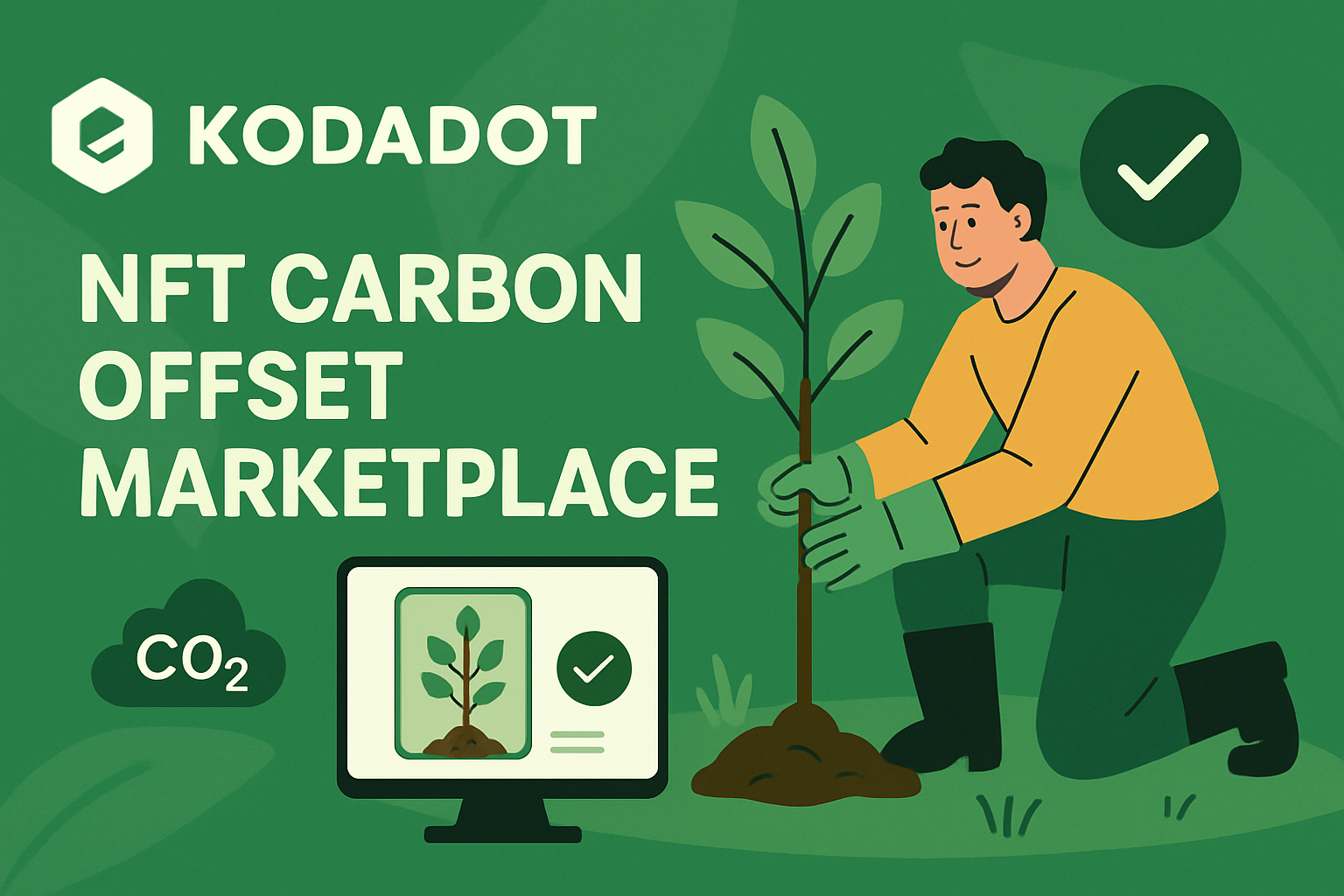
Integrate Carbon Offset Mechanisms: NFT marketplaces such as KodaDot (built on Polkadot) partner with organizations like Offsetra to enable users to purchase carbon credits during minting or sales. This supports sustainable projects and neutralizes the environmental impact of NFT transactions.
-

Design Circular Economic Models: Projects like Supremacy implement circular economies where utility tokens (e.g., SUPS) operate within a fixed supply and are continually recycled in gameplay. This structure helps maintain asset value and economic stability across interoperable metaverse platforms.
-

Enable Decentralized Governance via DAOs: Organizations such as Yield Guild Games (YGG) use DAOs to let users collectively manage, lend, and utilize NFT assets across multiple worlds. This fosters transparency, community alignment, and sustainable asset distribution.
-

Prioritize Interoperability and Cross-Platform Integration: Solutions like Ready Player Me allow avatars and digital assets to be used seamlessly across various metaverse environments (e.g., Spatial, OnCyber, Mona), enhancing asset utility and supporting a robust NFT economy.
Interoperability also encourages collaboration between projects, reduces user friction, and amplifies network effects, critical drivers for both utility and liquidity in NFT marketplaces. As more platforms adopt open standards for asset portability, expect to see enhanced player agency and deeper economic integration across the NFT metaverse economy design landscape.
Tokenomics Reimagined: Balancing Incentives for Long-Term Sustainability
The architecture of tokenomics gaming models is foundational to sustainable growth. Early play-to-earn experiments often suffered from unsustainable inflation or value leakage as user incentives clashed with ecosystem health. Modern projects are now employing dynamic supply mechanisms, staking incentives, and burn protocols to balance short-term rewards with long-term viability.
For example, circular token economies, where tokens must be spent or staked within the ecosystem for ongoing participation, help retain value internally while discouraging speculative dumping. Subscription-based utility NFTs offer ongoing access to exclusive content or features, aligning creator revenue with continued community engagement (source). These innovations ensure that both creators and players have a stake in the system’s enduring success.
Social Sustainability: Building Inclusive and Accessible Metaverses
Sustainability is not limited to environmental or economic factors; social inclusion is equally critical. The most resilient NFT-based economies prioritize accessibility, removing barriers such as high transaction fees or complex onboarding processes, and foster diverse communities where all participants can benefit from digital ownership.
Platforms are increasingly investing in educational tools, transparent governance structures, and equitable reward systems that empower newcomers alongside experienced users (source). These efforts contribute not only to broader adoption but also to healthier community dynamics, a vital ingredient for any robust metaverse.
The Path Forward for Sustainable NFT Economies
The convergence of energy-efficient blockchains, carbon offset initiatives, circular economic models, decentralized governance, interoperability, robust tokenomics gaming frameworks, and inclusive design forms the blueprint for next-generation NFT metaverse economy design. While current market conditions reflect volatility, Ethereum (ETH) at $4,537.78, Decentraland (MANA) at $0.329474, The Sandbox (SAND) at $0.305777: these foundational principles can help platforms weather fluctuations while delivering lasting value.
Sustainable NFT economies are not built overnight; they require disciplined strategy, community alignment, and continuous innovation. By adopting these best practices now, developers and creators can lay the groundwork for vibrant digital worlds where opportunity endures far beyond today’s hype cycles.



